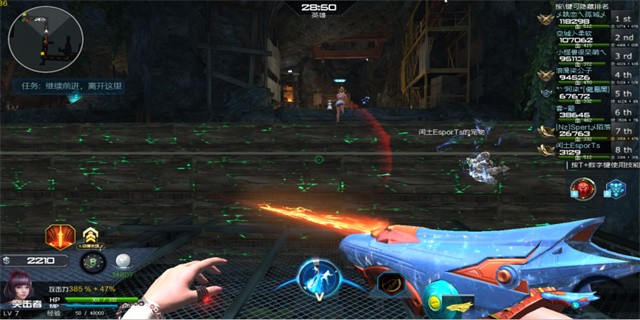Introduction to S7-200 Programming Software
The S7-200 programming software is a powerful tool that enables users to program and configure Siemens S7-200 programmable logic controllers (PLCs). This software is an essential component in the automation industry, allowing engineers and technicians to create and manage automation projects efficiently. In this article, we will explore the key features and functionalities of the S7-200 programming software, as well as its benefits and applications.
Features and Functionalities
The S7-200 programming software provides a range of features and functionalities that make it a versatile tool for PLC programming. Some of the key features include:

- Graphical User Interface (GUI): The software comes with a user-friendly interface that makes it easy for users to navigate and access various programming tools and options. The intuitive design allows for efficient project development and troubleshooting.
- Ladder Logic Programming: The software supports ladder logic programming, which is a widely-used programming language for PLCs. This language allows users to create and modify ladder diagrams that represent the control logic of the automation system. With the S7-200 programming software, ladder logic programming becomes straightforward and accessible.
- Function Block Diagrams (FBD): In addition to ladder logic, the software also supports FBD programming. FBD is a graphical programming language that enables users to create function blocks, which can be interconnected to form complex control algorithms. This feature allows for enhanced flexibility and scalability in automation projects.
- Integrated Development Environment (IDE): The S7-200 programming software offers an integrated development environment that includes various tools and utilities for efficient project development. From program editing and testing to online monitoring and diagnostics, the IDE provides a comprehensive set of features to streamline the PLC programming process.
- Communication Protocols: The software supports various communication protocols, such as Profibus, MPI, and PPI, allowing seamless integration with other automation devices and equipment. This enables users to design and implement complex automation systems that involve multiple devices and components.
Benefits and Applications
The S7-200 programming software offers a range of benefits that contribute to its popularity in the automation industry. Some of the key benefits include:
- Efficiency: The software provides a user-friendly interface and a set of powerful tools that enable users to develop automation projects efficiently. The intuitive design, along with the support for various programming languages, allows for rapid project development, reducing time and effort.
- Flexibility: With support for ladder logic and FBD programming, the S7-200 programming software offers flexibility in creating control algorithms. Users can choose the programming language that best suits their application requirements and easily modify the code as needed. This flexibility ensures that the software can adapt to various automation projects and industries.
- Scalability: The software supports modular programming and allows for easy integration of additional modules and hardware. This scalability enables users to expand their automation systems as needed, without the need for significant modifications or complex programming.
- Reliability: Siemens is renowned for producing high-quality and reliable automation products. The S7-200 programming software is no exception. It offers robust performance and stability, ensuring that automation systems operate smoothly and without interruptions.
The S7-200 programming software finds applications across various industries and sectors. Some common applications include:

- Manufacturing: The software is widely used in manufacturing plants to automate processes such as assembly lines, packaging systems, and material handling. It enables efficient control and monitoring of machines and equipment, enhancing productivity and reducing manual intervention.
- Building Automation: The software is utilized in building automation systems to control and manage HVAC (Heating, Ventilation, and Air Conditioning), lighting, access control, and security systems. It allows for the integration of different subsystems, enabling centralized control and optimization of energy consumption.
- Water and Wastewater: The software is employed in water and wastewater treatment plants to automate the various processes involved in purification, filtration, and distribution. It ensures accurate control and monitoring of critical parameters, ensuring the efficient operation of these facilities.
- Energy Management: The software is used in energy management systems to monitor and control energy usage in commercial and industrial buildings. It enables the implementation of energy-saving strategies and the optimization of energy distribution, contributing to sustainability and cost reduction.
Conclusion
The S7-200 programming software is an indispensable tool in the automation industry. Its powerful features, intuitive design, and flexibility make it a preferred choice for programming and configuring Siemens S7-200 PLCs. Whether in manufacturing, building automation, water and wastewater management, or energy management, this software offers efficient and reliable solutions for automation projects. By leveraging the capabilities of the S7-200 programming software, engineers and technicians can design, implement, and manage sophisticated automation systems that drive productivity, efficiency, and sustainability.




















